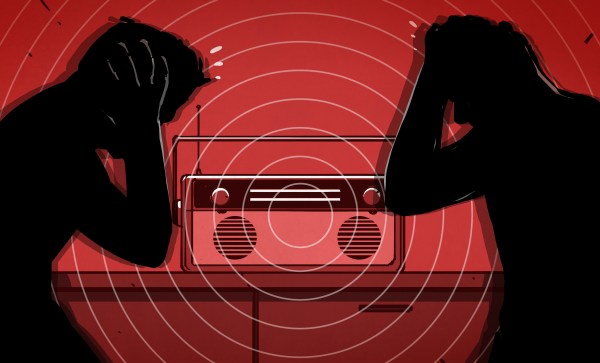Even with teachers with names like Kirchhoff and Helmholtz, old Heinrich Hertz himself likely didn’t have the slightest idea that his name would one day become an SI unit. Less likely still would have been the idea that Hackaday would honor him with the 2025 One-Hertz Challenge.
The challenge was deliberately — dare we say, fiendishly? — simple: Do something, anything, but do it once a second. Flash a light, ring a bell, click a relay, or even spam comments on a website other than Hackaday; anything at all, but do it at as close to one Hertz as possible. These are our favorite kinds of contests, because the simplicity affords a huge canvas for the creative mind to paint upon while still providing an interesting technical constraint that’s just difficult enough to make things spicy.
And boy, did you respond! We’ve received over a hundred entries since we announced the contest back in June, meaning that many of you spent 4,662,000 seconds of your summer (at least those of you above the equator) rising to the challenge. The time was well spent, with projects that pushed the limits of what we even expected.
While we loved ’em all, we had to winnow them down to the top three, each of which receives a $150 gift certificate from our sponsor, DigiKey. Let’s take a look at them, along with our favorite runners-up.
Continue reading “Psst… Got A Second? Here Are The 2025 One-Hertz Challenge Winners”

















